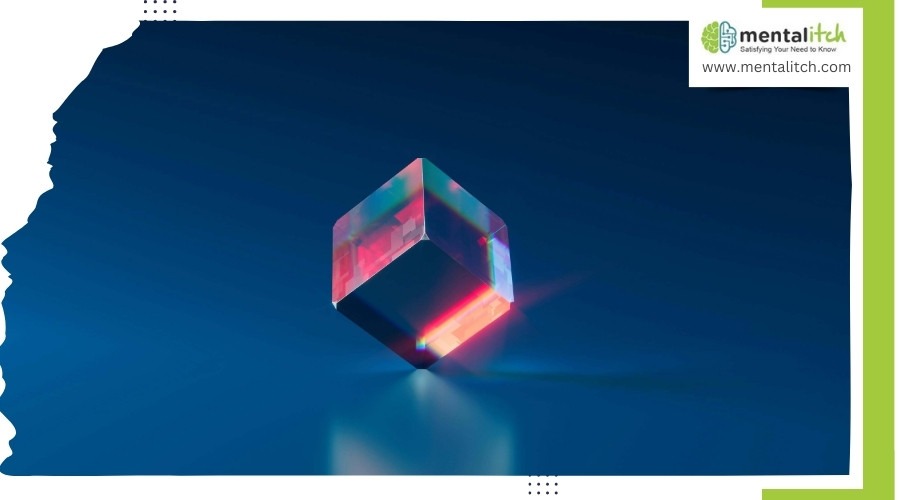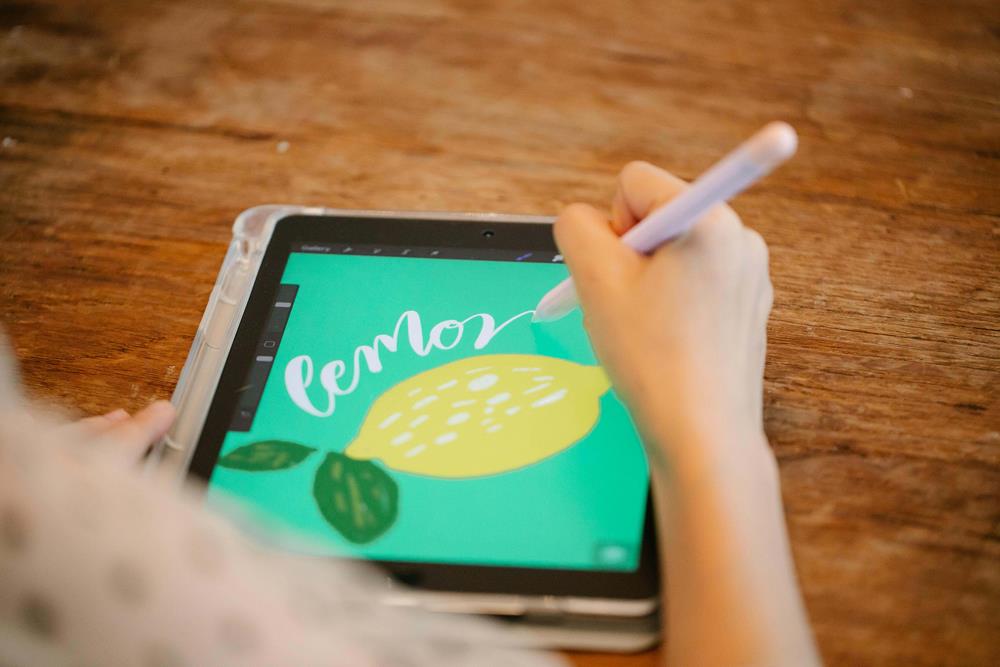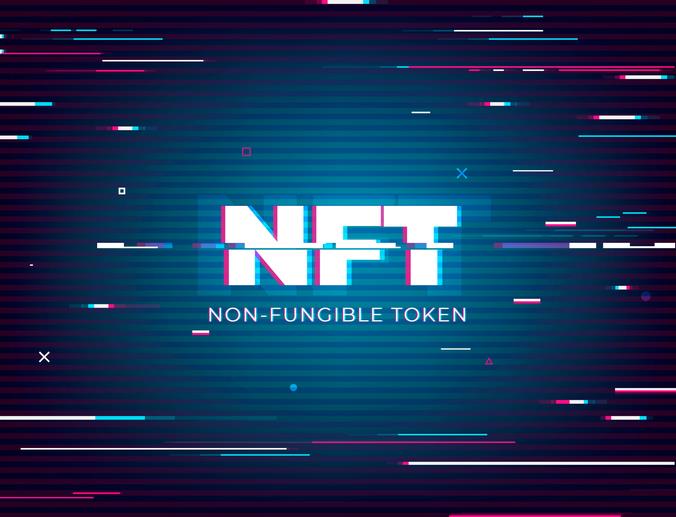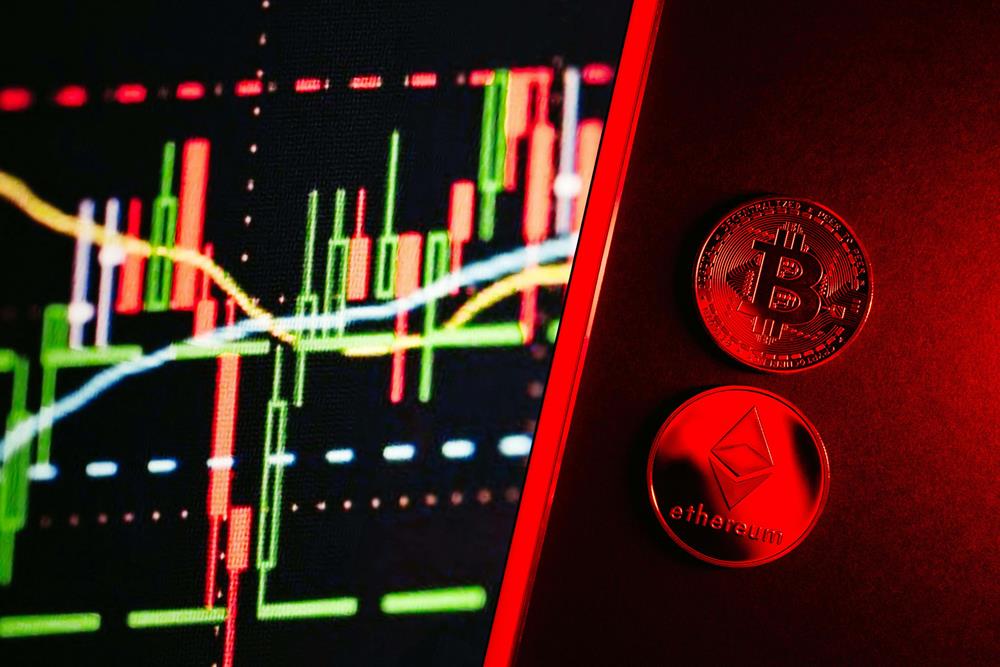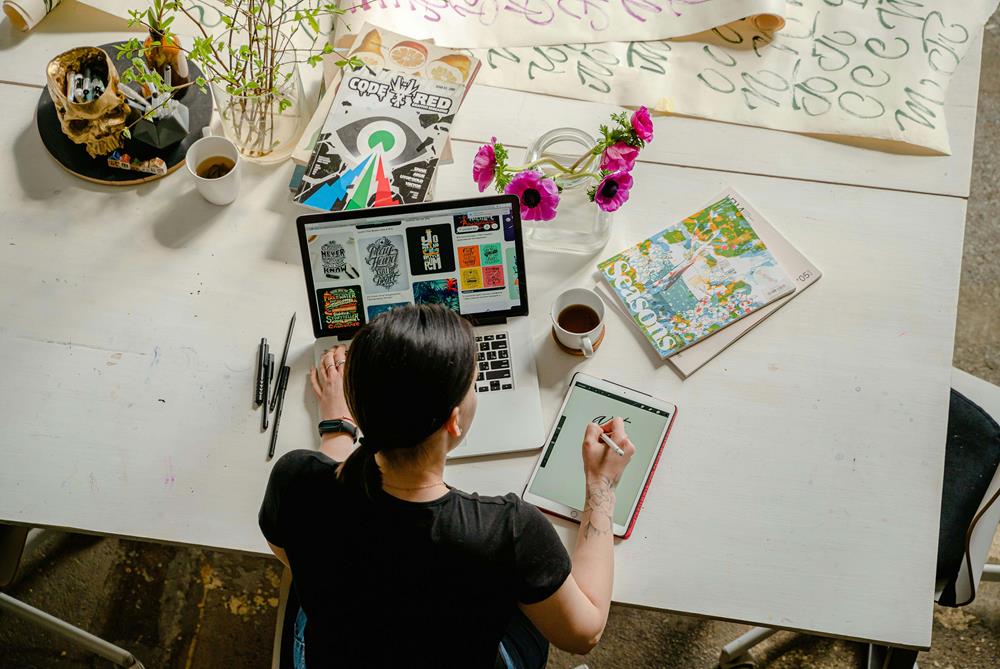In an age where technology constantly reshapes our world, the boundaries of creativity continue to expand, and the realm of artistry is no exception. Traditional canvases and brushes are being replaced by digital screens and styluses, ushering in a new era of artistic expression.
What is Digital Art?
Digital art is a contemporary form of artistic expression that utilizes technology as its primary medium. This genre of art encompasses a wide range of works produced using digital tools, including computers, tablets, and even smartphones. Artists employ software programs to create visuals that can range from realistic images and animations to abstract forms. Unlike traditional art forms, such as painting and sculpture, digital art allows for limitless experimentation with colors, shapes, and textures due to its digital nature.
The origins of digital art can be traced back to the 1960s and 1970s when pioneers started exploring the potential of computers to create new types of visual experiences. Since then, it has evolved alongside technological advancements, becoming an integral part of the art world. Digital art can be displayed in various formats, from prints and projections to interactive installations, offering viewers immersive and often participatory experiences.
One of the unique aspects of digital art is its reproducibility and distribution. Artworks can be shared instantly across the globe via the internet, reaching a wider audience than traditional art forms typically allow. Additionally, the rise of blockchain technology and non-fungible tokens (NFTs) has introduced new ways for digital artists to monetize and authenticate their work, further solidifying digital art’s place in the contemporary art scene.
The Evolution of Digital Art
From the earliest days of digital art, when pixelated graphics reigned supreme, to the sophisticated, hyper-realistic creations of today, the journey of digital art has been nothing short of extraordinary. Artists have embraced a multitude of software tools, from Adobe Photoshop to Corel Painter and graphic tablets like the Wacom Intuos series, to bring their visions to life.
A Dynamic Canvas: Digital Art in the Modern Age
However, what sets digital art apart from traditional mediums is its dynamic nature. Layers, blending modes, and digital brushes empower artists to experiment freely and make quick revisions. This malleability has given birth to a thriving community of creators who share their work on platforms like DeviantArt, ArtStation, and Instagram, reaching global audiences instantly.
NFTs and the Digital Art Revolution
In recent years, digital art has found an entirely new dimension through the rise of non-fungible tokens (NFTs). These blockchain-based tokens authenticate the ownership of digital artworks, providing artists with a unique opportunity to monetize their creations. With NFT marketplaces like OpenSea and Rarible, artists can sell their pieces directly to collectors, bypassing traditional art galleries.
One artist who has been at the forefront of the NFT revolution is Beeple (Mike Winkelmann). His digital collage “Everydays: The First 5000 Days” sold at auction for a staggering $69 million, elevating digital art to unprecedented heights and gaining widespread attention from both the art world and the general public.
Empowering Aspiring Artists
But it’s not just about the price tags; digital art has democratized the creative process. Aspiring artists can access tutorials and resources and even join online communities to learn from experienced professionals. The digital art community fosters a culture of collaboration and mentorship where artists freely share techniques, tips, and feedback.
Challenges and Solutions
Yet, with great innovation come certain challenges. The debate over the authenticity and value of digital art remains ongoing. Critics argue that anyone can reproduce digital art endlessly, diluting its exclusivity and aura. However, NFTs and blockchain technology have provided a solution by confirming an artwork’s originality and provenance.
The Intersection of Digital Art and Gaming
As digital art gains more recognition, it’s not surprising that it has infiltrated the world of gaming, where immersive virtual environments are the canvas for a new breed of artists. Video game developers often employ digital artists to create visually stunning landscapes, characters, and assets that enrich the gaming experience.
Blockchain-Based Gaming and Cryptocurrency
One area where the worlds of digital art and gaming converge is in the development of blockchain-based virtual worlds and assets. Decentraland, for instance, is a blockchain-based platform where users can buy, sell, and build on virtual land parcels using the native cryptocurrency MANA. Artists and creators within Decentraland use digital tools to design unique and immersive virtual experiences, from art galleries to interactive games, all within a decentralized digital ecosystem.
Exploring Cryptocurrency in Online Gambling
Speaking of cryptocurrency, it’s worth noting that cryptocurrencies have expanded their reach far beyond finance. They’ve found a home in the world of online gaming, including the emerging trend of blockchain-based gambling platforms. In fact, blockchain technology and cryptocurrencies are considered top choices for secure and transparent transactions in the online gambling industry.
The Role of IGN in Bridging Art and Gaming
To illustrate the growing synergy between digital art and gaming, we look to one of the most famous websites in the gaming industry, IGN. IGN is not only a reputable source for gaming news and reviews but also a platform that highlights the artistic and creative aspects of gaming. Their coverage of digital art in video games, from concept art to in-game graphics, demonstrates how these two worlds are intricately connected.
Interesting Facts About Digital Art
Digital art, a boundary-pushing genre that merges creativity with cutting-edge technology, has captivated the art world with its dynamic nature and innovative expressions. As this art form continues to evolve, it has generated a plethora of interesting facts and statistics that highlight its impact and growth. Here are some noteworthy points that shed light on the fascinating world of digital art:
- First Digital Art Piece: The first known instance of digital art dates back to 1962, created by engineer and artist A. Michael Noll at Bell Labs, marking the early exploration of computer-generated art.
- Explosive Market Growth: The digital art market has seen explosive growth, especially with the advent of NFTs (Non-Fungible Tokens). In 2021, the NFT market soared to over $2 billion in the first quarter alone, showcasing a staggering increase from previous years.
- Increasing Digital Museums and Galleries: There has been a significant rise in digital museums and galleries dedicated to digital art, allowing global audiences to experience artworks from the comfort of their homes. The Museum of Digital Art in Zurich is among the pioneering institutions in this space.
- Popular Software and Tools: Adobe Photoshop and Illustrator are among the most popular tools used by digital artists. However, the rise of open-source software like GIMP and Krita has democratized access to digital art creation tools.
- Educational Opportunities: Universities and art schools around the globe are increasingly offering courses and degrees in digital arts, recognizing its importance and potential as a career path for aspiring artists.
- Virtual Reality (VR) and Augmented Reality (AR): The integration of VR and AR technologies has opened new frontiers for digital art, allowing artists to create immersive experiences that blend the virtual with the physical world.
- Environmental Impact Awareness: Digital art’s environmental impact, particularly concerning the energy consumption associated with digital currencies and NFTs, has sparked a conversation about sustainable practices within the digital art community.
- Diverse Applications: Beyond galleries and personal collections, digital art finds applications in movies, video games, advertising, and virtual reality, highlighting its versatility and wide-ranging impact on various industries.
These facts and statistics underscore the vibrant and ever-changing landscape of digital art, illustrating its significant cultural, economic, and technological influence in the modern era.
Conclusion
In conclusion, the world of digital art is a dynamic and ever-evolving space where technology and creativity unite. From its humble beginnings to its current prominence in NFTs and gaming, digital art has come a long way, breaking down barriers and redefining artistic expression. With the fusion of blockchain technology and cryptocurrencies, the future of digital art holds exciting possibilities, offering artists new ways to showcase their talent and connect with audiences worldwide.
Additional Suggestions
- If you’re interested in discovering the top cryptocurrency for gambling, you can access further details on the topic via Smart Casino Guide’s page dedicated to the best gambling cryptocurrency.
- IGN is one of the leading gaming news and review sites on the internet, although they also cover various topics related to pop culture and trends, including art and cryptocurrency.
